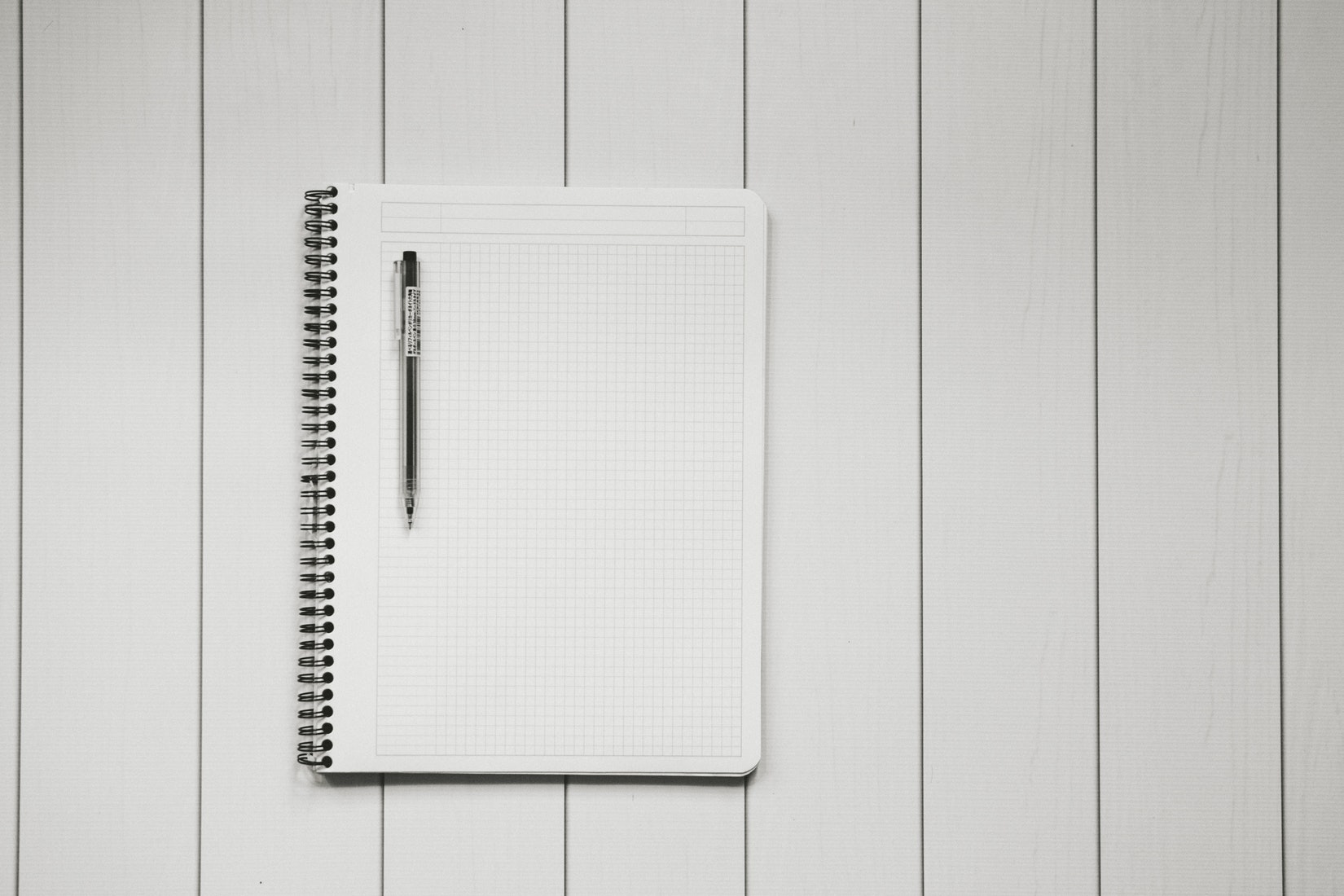21st March 2019
Increase Form Conversion With UX Design
It is not uncommon for people to often confuse web design and UX design. It is a fair assumption to think they are the same discipline because really they aren’t that far apart and do share a number of similarities.
So what does differentiate UX design from web design? And why are they both important?
I suppose a logical place to start would be to look at what does make them similar and where the confusion lies.
The phrase “web design” has many definitions, and indeed, what a web designer does is largely dependent on what the client or project requires. Web design can be to simply create visual designs and/or wireframes of the website and leave the coding of the website to front-end and back-end developers.

Often though web designers get involved with both the designing and (front-end) development of the website. Some web designers even regularly do user research and testing as part of their jobs, moving them extremely close to UX designers.
No matter what the project entails, there are some aspects of web design that can also be found in UX design.
Both disciplines involve a large amount of problem-solving. Web design solves the clients’ problem, while UX design solves the users’ problem. Both will involve a large amount of research into what the problem is, what causes the problem, and what solution may solve the problem.

In web design, the use of typography, colour, and layout shapes the emotions of the user. A sense of credibility could be established, for instance, by using darker colours and serif fonts; similarly, a sense of fun could be created using colourful imagery and playful typography. Web designers are familiar with emotional design; that is, creating designs that elicit emotions from users.
UX designers are also concerned with emotional design, but on a larger scale—they are concerned with eliciting emotions from users throughout their entire experience of using a product.

To do that, UX designers work with not only typography and colour but also psychology, motion design, content curation and information architecture. Web designers making the change would innately understand what emotional design in UX entails; they simply need to pick up new knowledge in other areas to augment their ability to do so on a bigger picture.
In web design, a large part of the focus is put on ensuring that the correct technologies are used to ensure the final product works. A web designer will spend a lot of time catching up with the fast-paced developments of HTML, CSS and basically any other coding language out there. The web designer must ensure they are up to date with all developments or you risk part of the final website not working on a certain browser.

From a UX designers point of view, they are not concerned with the technologies at play and ensuring that they work. The only concern for a UX designer is ensuring the final product works for the user. By focussing solely on the user a UX designer is able to pinpoint the problem and provide a sufficient solution.
So while a UX designer is carrying out hours of user research to solve their problem a web designer will be carrying out hours of technology research to avoid a problem before it occurs.
UX design can be applied to anything that involves a person using something, whether that is a website, a bottle of ketchup or a TV remote. The principle of UX design is universal and really can be applied to anything.

However, web design is strictly tied to online. It really is exactly what it says on the tin: website design.
So now you should be able to differentiate between UX design and web design. If they are designing a condiment bottle for an easy user experience they are a UX designer.

Increase Form Conversion With UX Design

28th August 2015
What a Web Designer Does (that you may not be able to)

13th March 2019
Meet Josh – Designer, Developer and Occasional Tea Maker
Conversion-led with proven R.O.I. success
Instant results, long-lasting impact.
Vast experience
Established since 2003, servicing local businesses and global brands.
Friendly and proactive support
We build personal connections, ensuring your brand is in safe hands.
We'd love to discuss your project
Tell us about your project and get a quote.
Are you in need of more business?
We can double your conversion rates by optimising the user experience
Get a FREE UX audit on your website